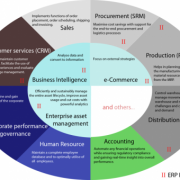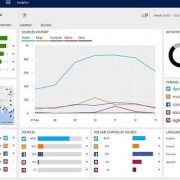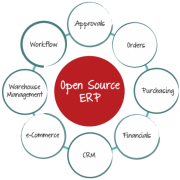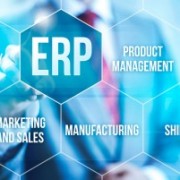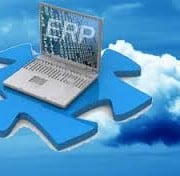Enterprise Resource Planning (ERP) is more than a platform that makes it easier to handle data pertaining relevant information to purchases, sales, accounting, manufacturing, and more. It ultimately serves as a tool for ensuring customer satisfaction.
ERP software helps to ensure customer satisfaction by making business operations more relevant. The data obtained creates for better analysis and presentation of the company’s actual customer behavior, so a business is able to provide better services or offer better products to customers.
ERP provides customer satisfaction through:
- Integration of Best Practices
- Inventory Control and Availability Tracking
- Improving Customer Handling
- Improved Efficiency Through Automation
- Improved Visibility
Better handling of business data to make it useful in business operations will result in better products or services and improved handling of customer concerns. It’s about using the data gathered to make impactful decisions.

